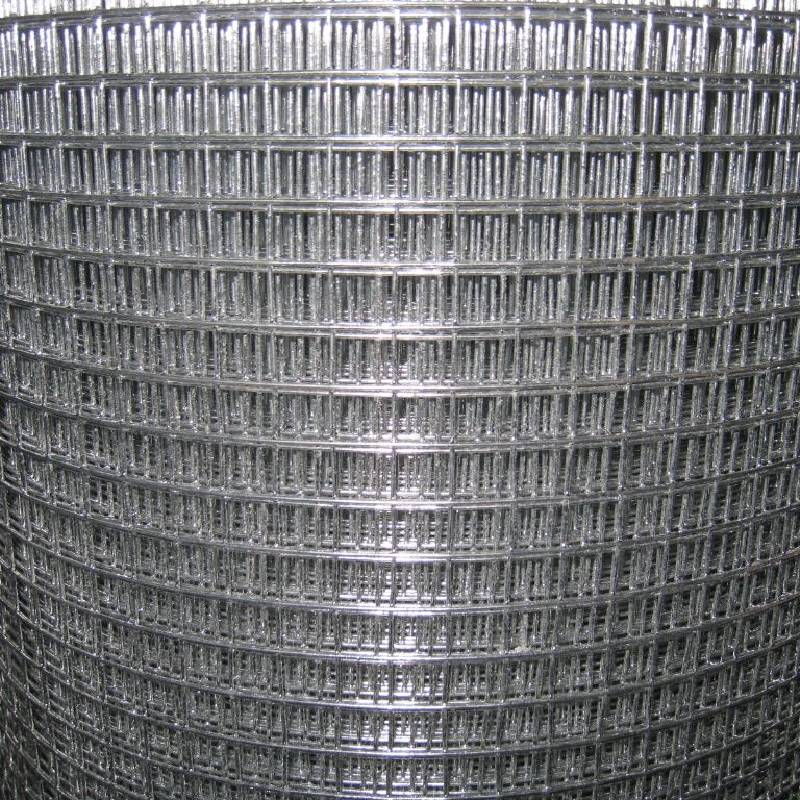
- Mobile Phone
- +8613931874955
- sales@cntcmetal.com
Stainless Steel Reinforced Ladder with Brick Support for Enhanced Durability and Strength
The Rise of Stainless Steel Brick Reinforcement Ladders
In modern construction and infrastructure, the need for durability, safety, and longevity has never been greater. One innovative solution that addresses these needs is the stainless steel brick reinforcement ladder. This engineering marvel combines the strength of stainless steel with the functionality of conventional ladders, allowing for enhanced structural integrity in buildings and other constructions.
What Are Stainless Steel Brick Reinforcement Ladders?
Stainless steel brick reinforcement ladders are integral components used in brick masonry. They are designed to provide structural support to the walls, ensuring that they can withstand various stresses and strains over time. The ladder-like structure consists of horizontal and vertical rods made from high-quality stainless steel, which are embedded within brickwork to reinforce the overall strength of the wall.
The use of stainless steel is significant due to its remarkable properties. It is resistant to corrosion, rust, and chemical damage, making it an ideal choice for construction in various environments, especially those exposed to moisture. This characteristic greatly extends the lifespan of the structure, reducing maintenance costs and enhancing safety.
Benefits of Using Stainless Steel Brick Reinforcement Ladders
1. Increased Strength and Stability The primary advantage of incorporating stainless steel reinforcement ladders is the added strength they provide. When used in conjunction with bricks, these ladders help distribute loads more evenly across the structure, preventing cracks and failures. This results in a more stable and reliable building that can withstand natural disasters such as earthquakes and strong winds.
2. Corrosion Resistance Unlike traditional steel, which can rust and deteriorate over time, stainless steel remains intact even in harsh conditions. This durability is crucial for structures in coastal areas where the salt in the air can accelerate corrosion. By using stainless steel reinforcement, builders can significantly increase the lifespan of the masonry work without the need for frequent repairs.
stainless steel brick reinforcement ladder

3. Ease of Installation Installing stainless steel brick reinforcement ladders is relatively straightforward. The prefabricated components can be easily integrated into the bricklaying process, allowing for faster construction times. This efficiency not only streamlines the building process but also reduces labor costs.
4. Cost-Effectiveness While the initial investment in stainless steel may be higher than traditional materials, the long-term savings associated with reduced maintenance and repair needs make it a more economical choice. The durability of stainless steel means that buildings last longer and require fewer interventions over the years.
5. Environmental Considerations Sustainability is a growing concern in the construction industry. Stainless steel is 100% recyclable, which aligns with eco-friendly building practices. By utilizing materials that can be reused and recycled, builders contribute to reducing waste and promoting environmental responsibility.
Applications in Modern Construction
The application of stainless steel brick reinforcement ladders extends beyond residential buildings. They are increasingly used in commercial structures, infrastructure projects, and even artistic installations. In high-rise buildings, these ladders are essential for maintaining structural integrity over multiple floors. They are also employed in retaining walls, bridges, and other critical infrastructure elements.
As architects and builders continue to seek innovative solutions to modern challenges, the utilization of stainless steel brick reinforcement ladders is likely to become more prevalent. Their unique blend of strength, durability, and ease of use positions them as a vital resource in the future of construction.
Conclusion
In conclusion, stainless steel brick reinforcement ladders represent a significant advancement in construction technology. Their strength, resistance to corrosion, and cost-effectiveness make them an ideal choice for reinforcing brick masonry. As the industry evolves, such innovations will play a crucial role in building safer, more sustainable, and longer-lasting structures. The future of construction looks brighter with the integration of such sophisticated materials and designs, ensuring that our buildings can withstand the test of time.
share:
-
Why Sacrificial Formwork Is Redefining Underground ConstructionNewsJun.06,2025
-
The Structural Dynamics of Modern Concrete: How Snake Spacers Revolutionize Flexible ReinforcementNewsJun.06,2025
-
Snake Spacers Smart-Lock Concrete Reinforcement with Surgical PrecisionNewsJun.06,2025
-
Snake Spacers: Reinforcement Precision for Modern Concrete ProjectsNewsJun.06,2025
-
Snake Spacers Powering Concrete's Structural DNANewsJun.06,2025
-
Slither into Success: Snake Spacers' Precision Bite for Unbreakable ReinforcementNewsJun.06,2025
-
Sacrificial Formwork: Building Stronger, Faster, and Safer StructuresNewsJun.06,2025



















